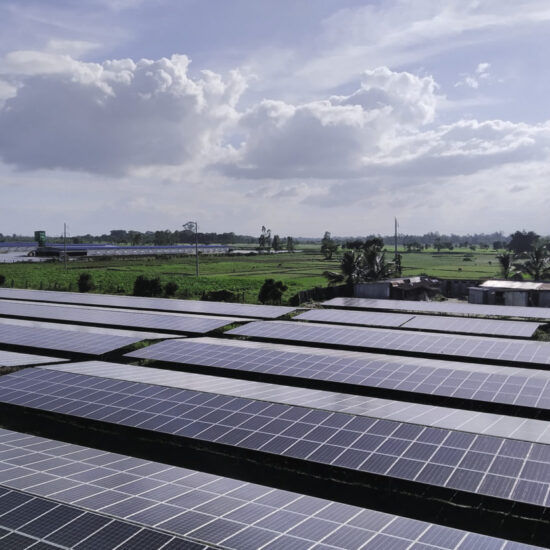
The Zambezi River Authority – ZRA has confirmed that its rehabilitation works at the Kariba dam has been slowed down.
The River Authority has taken measures to mitigate against the risks associated with the Covid -19 pandemic on its major worksite, the Kariba Dam Rehabilitation Project site although it poses challenges in project implementation schedules.
The Authority is fully aware of the health risks associated with large projects like the Kariba Dam Rehabilitation Project (KDRP) which requires input from bi-national and international experts.
ZRA Chief Executive Eng. Munyaradzi Munodawafa says the US$294 million project has been classified as essential, therefore works continued at the project site with strict adherence to health guidelines from the World Health Organization and the Contracting States.
He disclosed that there is substantial human traffic around the KDRP site by local and international workers, contractors and service providers which include some staff who had traveled to their home countries on leave hence this has temporarily left some gaps in the smooth schedule of the operations.
According to information made available to the Zambian Business Times – ZBT on June 10, 2020 by ZRA Public Relations and Communications Manager Elizabeth Karonga, Munodawafa added that with the progressive easing of lockdowns under specified conditions, some of the affected team members have been quarantined and should return to the site soon.
Meanwhile, no cases of Covid – 19 have been recorded in the Kariba and Siavonga areas, hence the Authority has remained vigilant in adherence to statutory and corporate procedures on testing, isolation and working from home on a rotational basis.
“There is also a reduction of direct contact meetings like Joint Missions of experts and site visits, relying more on video conferencing. This is the only solution for now, although it poses challenges in project implementation schedules since the inspection visits are instrumental in guiding the works, “He said.
He added that a hand washing procedure and a temperature check at main entrance for all employees has been effected and transport movement times have been adjusted to reduce waiting time and minimize impact on work schedules.
Another area that is closely monitored is the transportation of employees to and from work site by reducing the number of occupants in vehicles during transportation.






